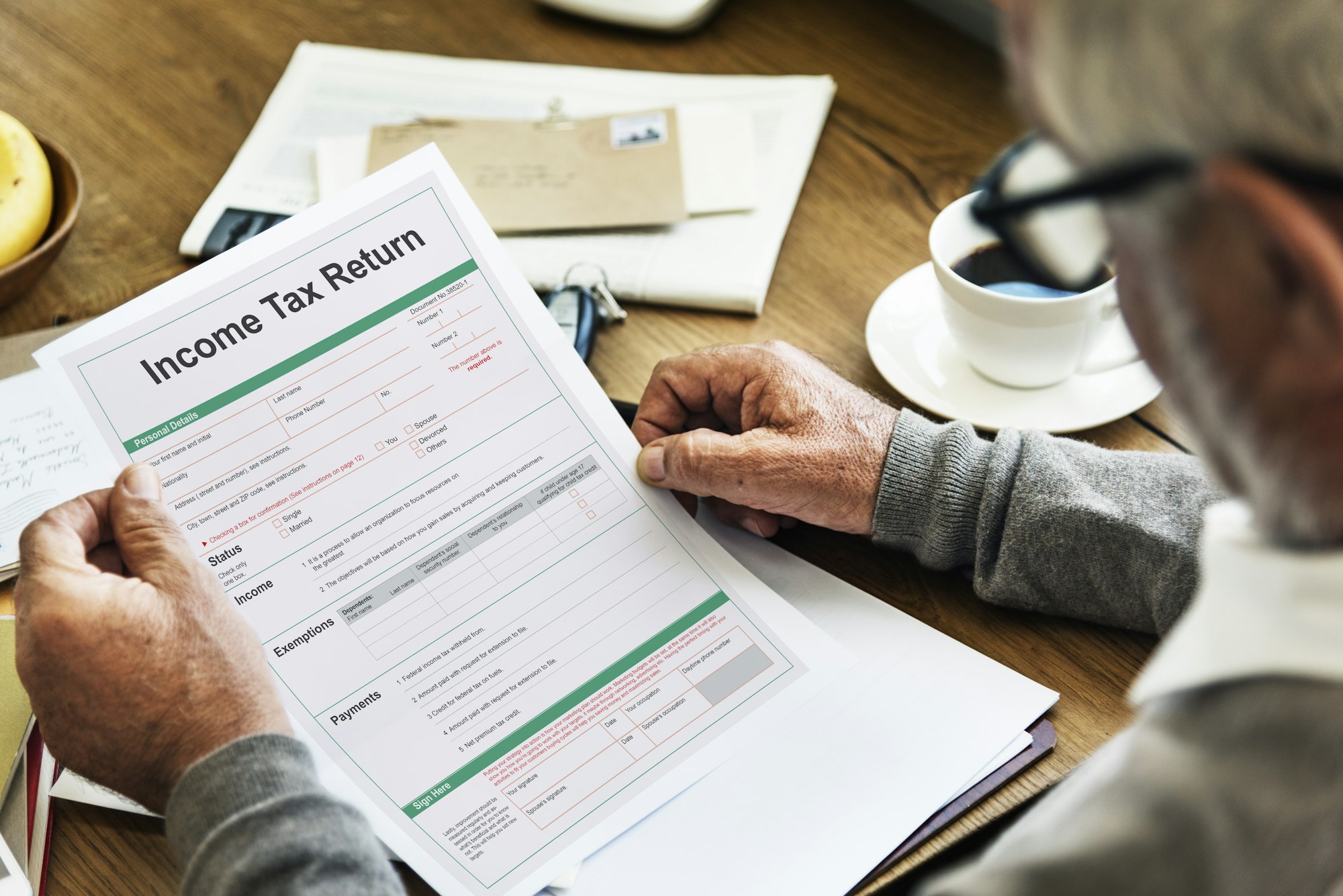As we find ourselves in an increasingly digital age, the concept of home offices is becoming more commonplace than ever. For many, the home has become the primary place of business, and in such cases, there are potential benefits to be reaped in terms of tax deductions.
However, navigating the ins and outs of the UK tax system can be a challenging task. It is essential to understand how to claim these deductions effectively and what criteria you must meet to be eligible. This article aims to provide a comprehensive guide for UK homeowners on how to secure tax deductions for home office expenses.
A découvrir également : What are the key factors to consider when investing in UK real estate as a foreign national in 2023?
Understanding the Basics of Home Office Tax Deductions
Before diving into the specific steps on claiming tax deductions, it’s crucial to grasp the basic concepts. The UK tax system allows individuals to deduct certain costs from their income before tax, effectively reducing their overall tax liability. When you work from home, certain expenses can be included as part of these deductions.
Every tax year, you can claim a proportion of the costs of things like heating, electricity, council tax, mortgage interest, and internet and telephone use. The exact amount depends on the specific circumstances of your home office use. However, it’s crucial to remember that these deductions are only applicable if you use part of your home exclusively for business purposes.
A voir aussi : How can UK residents maximize returns from waterfront property investments?
Identifying Legitimate Home Office Expenses
Identifying what counts as a legitimate home office expense is the first step towards claiming tax deductions. The UK tax code stipulates that for an expense to be deductible, it must be ‘wholly and exclusively’ for the purpose of your business. This means that personal and business expenses must be clearly separated.
For instance, if you use a room in your house exclusively as an office, you can claim a proportion of your mortgage interest as a business expense. Similarly, if you use your home internet for work, a part of the cost can be claimed. However, if a space or item is used both personally and for business, it becomes more complex to claim these expenses.
Calculating Home Office Expenses
Calculating your home office expenses accurately is an essential part of the process. Several methods can be used depending on the complexity of your home office use. The simplest way is to use the flat rate method provided by the HMRC, which allows you to claim a set amount per month based on the number of hours you work from home.
Alternatively, you can calculate your costs by determining the exact amount of your home used for business. For instance, if you use one room out of a four-room house, you can claim 25% of your eligible costs. The same principle applies to utility bills.
However, it’s important to note that when it comes to mortgage interest, the calculation is more complex. Only the interest portion of your mortgage payment can be deducted, not the principal. This can be a complex calculation, and seeking professional advice may be beneficial.
Documenting and Claiming Deductions
Proper documentation is key when claiming home office expenses. You need to keep records and receipts for any costs you’re claiming, as the HMRC may ask for these if they decide to investigate your tax return.
To claim these deductions, you’ll need to fill out a Self Assessment tax return at the end of the tax year. It’s important to fill this out accurately, making sure you only claim legitimate business expenses. Be sure to include all eligible costs in the ‘Cost of sales’ section of your tax return.
Beware of Capital Gains Tax
While claiming home office expenses can provide immediate tax relief, it’s important to consider the long-term implications. If you’re using part of your home exclusively for business, it may lead to a Capital Gains Tax (CGT) liability when you sell the property.
In essence, if your home has increased in value, you may have to pay CGT on the portion of the gain that relates to your business use of the property. However, there are some reliefs and exemptions available which could reduce your CGT bill.
Navigating the complexities of home office tax deductions can be challenging, but it can also lead to significant savings. By understanding these principles and seeking professional advice, you can ensure you’re making the most of the tax benefits available to you.
The Simplified Method vs Actual Expenses Method
Whichever way you choose to calculate your home office expenses, it’s vital to understand the two primary methods – the simplified method and the actual expenses method.
The simplified method is an easy route provided by HMRC, primarily designed for sole traders and limited companies. This method allows you to claim a flat rate of £4-£26 per month depending on how many hours you work from home each week. Essentially, it requires less paperwork because you don’t need to keep receipts or calculate the exact amount of your business expenses. However, it’s worth noting that the simplified method may not provide the most tax relief if your actual home office expenses are significantly higher.
The actual expenses method, on the other hand, allows you to claim the exact proportion of your home costs that are used for business. This requires diligent record-keeping and careful calculation but could result in a higher deduction if your home office costs are substantial. This method takes into account a variety of expenses such as mortgage interest, utility bills, council tax, and internet usage. However, it’s important to remember that only the business proportion of these costs can be claimed. If you’re renting your home, you can claim a portion of your rental income as well.
When deciding between the simplified and the actual expenses method, consider your individual circumstances and choose the one that offers the maximum tax advantage. If you’re unsure, seeking advice from a tax professional could be beneficial.
Conclusion: Making the Most of Your Home Office
In conclusion, claiming home office expenses is a valuable way to reduce your tax liability and make working from home more cost-effective. However, navigating the UK tax system and understanding what constitutes as a deductible expense requires a fair degree of knowledge and meticulous record-keeping.
Remember, the key to maximizing your deductions is to understand the basic principles of home office deductions, identify legitimate business expenses, accurately calculate your expenses, and maintain proper documentation. If you use part of your home exclusively for business, consider the long-term implications of Capital Gains Tax.
Whether you’re a sole trader, run a limited company, or are employed and work from home, understanding the different methods of calculation – specifically the simplified method and the actual expenses method – can aid in maximizing your tax deductions. Ultimately, it’s about choosing the method that offers the most tax relief based on your individual circumstances.
The task of claiming home office expenses can be daunting, but it’s worth investing the time and effort to ensure you’re not missing out on any potential savings. And remember, when in doubt, do not hesitate to seek advice from a tax professional to ensure you’re making the most of your home office deductions.






